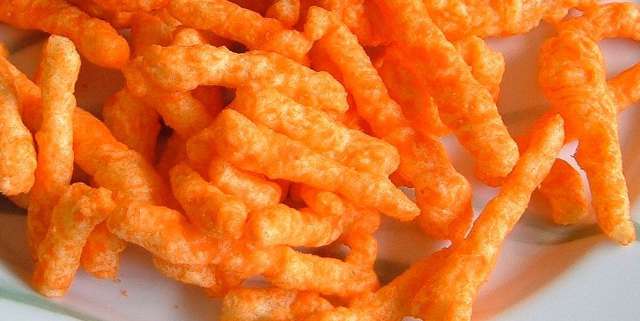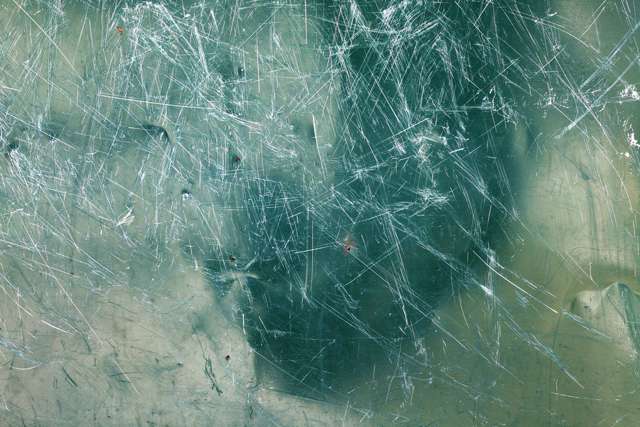
Textured products may leave behind residue or crumbs on the surface of the sample holder. As a result, operators usually have to clean the surface thoroughly before testing a new sample. Image Source: Wikipedia user SCEhardt
A popular food manufacturer has a huge number of different snack products in its line, from chips to cookies to crackers. But to determine whether these products are consistent in color from batch to batch, the manufacturer has to perform potentially hundreds of individual color quality control tests each day. This is an immensely time-consuming process; an operator could easily spend a full shift just preparing and testing these samples one by one if using a standard spectrophotometer. Not only does it take a great deal of time to perform these measurements, it sample preparation itself is often a laborious and time-consuming process; the operator has to thoroughly scrub the sample holder between measurements and check the instrument’s sensor for scratches and stray crumbs. Even if the operator only spends five minutes cleaning and preparing the holder for each sample, this could add up to hours of extra work.
In many industries, sample prep is one of the most time-consuming steps in the color quality control process.1 However, sample prep times aren’t the same for every spectrophotometer. When you use a non-contact instrument like HunterLab’s Aeros, you may significantly reduce the time and labor you spend preparing your samples.
Contamination Leads to Longer Prep Time
Contamination is a major challenge when you perform color quality control tests on a sample. This is an especially common problem with loose powder, oily samples, and textured samples, such as ground coffee or potato chips coated with seasoning. Products like these are more prone to contaminating future test samples because they contain very small particles that can be difficult to spot with the naked eye.2 Unless you spend time preparing each sample carefully and cleaning your equipment thoroughly between measurements, you may miss these small particles completely, ultimately interfering with the accuracy of subsequent measurements.
A good example of this is when you test a sample of cookies that are coated with powdered sugar. To prepare a cookie sample for color measurement, you typically have to house the sample inside of a plastic or glass holder with a protective lid. This lid prevents the sensor from touching the sample directly and getting damaged as a result. However, even if you use a protective lid to prevent your sensor from coming into direct contact with the cookie sample, you’ll still have to clean out the powdered sugar residue that the cookies left behind inside of the sample holder. Any leftover powdered sugar in the holder can alter the color reading of your subsequent samples, skewing your results. This is why operators usually spend at least a few minutes thoroughly cleaning the surface of the holder in between readings.3 And these minor cleaning preparations add up over time.



